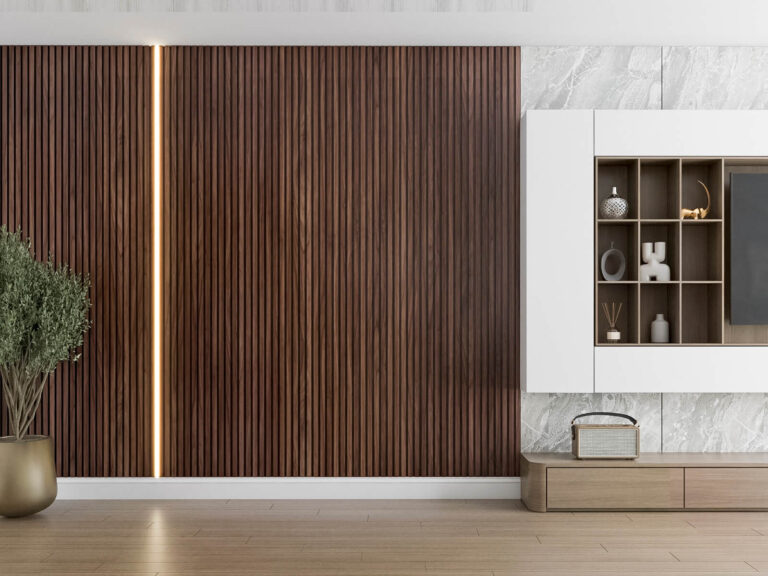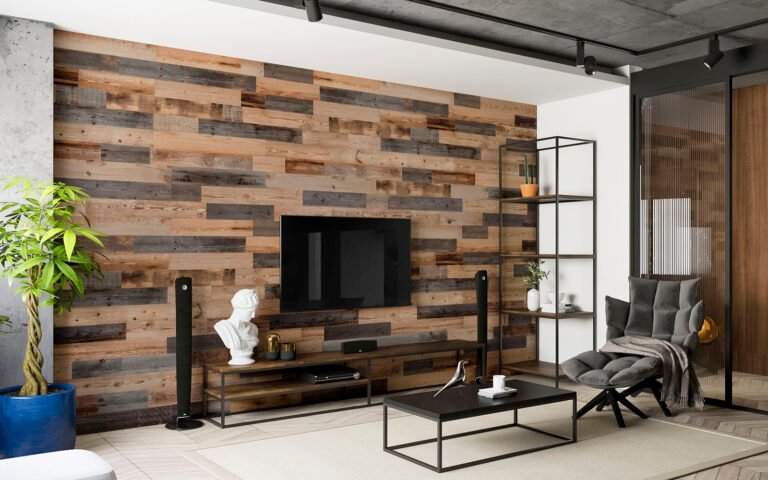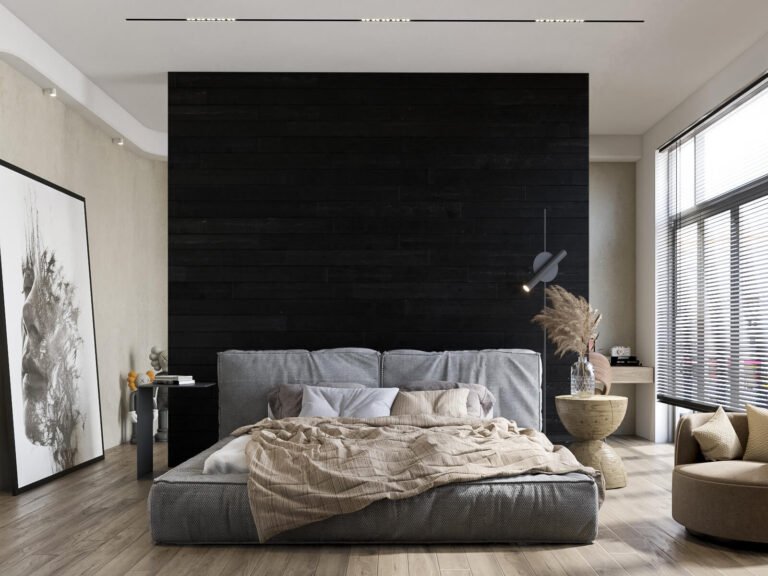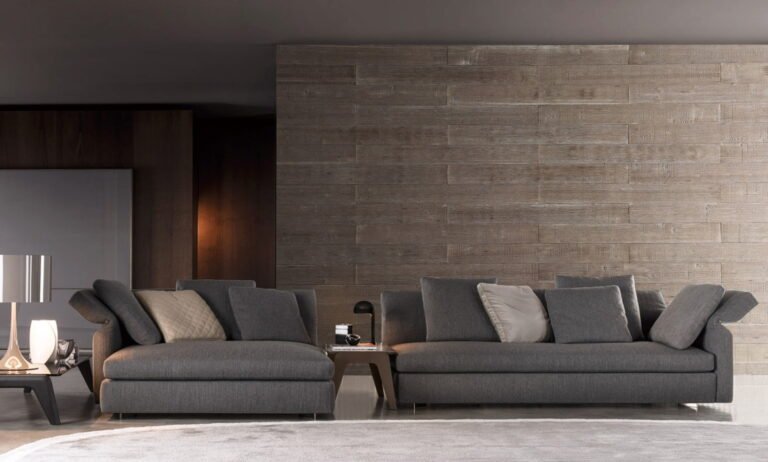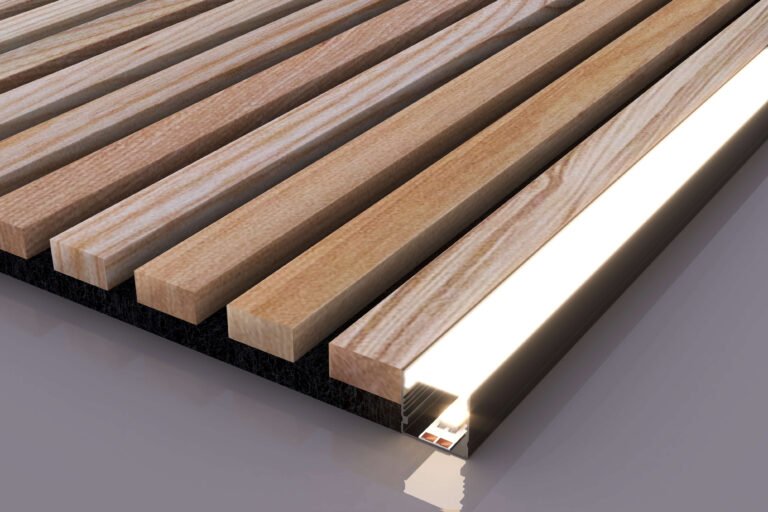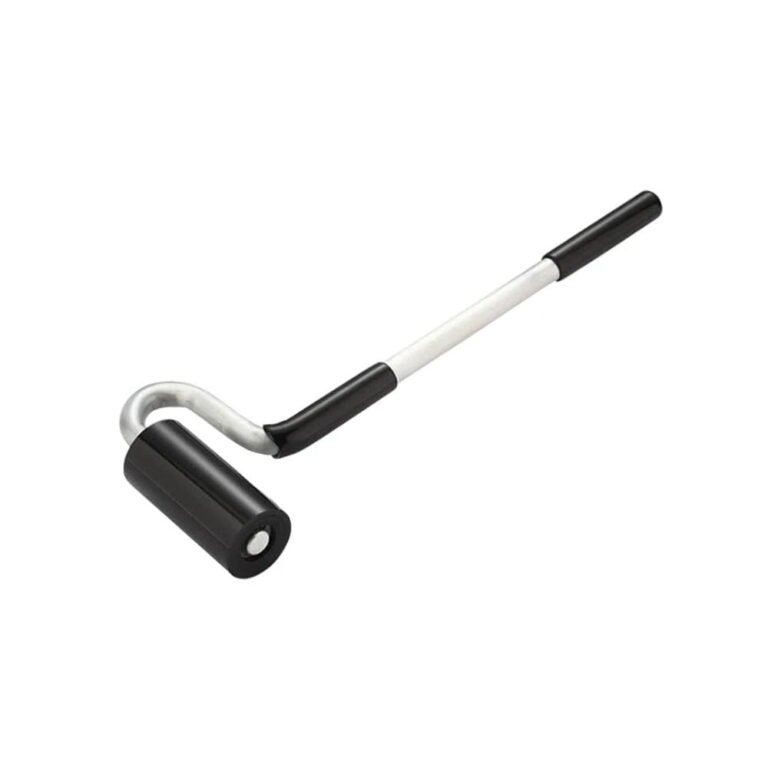Wainscoting vs beadboard, the two classic wall paneling options in interior design stood the test of time. While often used interchangeably, these two styles have distinct characteristics that can significantly influence a space's ambiance.
In this comprehensive guide, we'll delve into the nuances of wainscoting vs beadboard, exploring their differences in appearance, installation, cost, versatility, and more. Whether planning a renovation or simply curious about these classic wall treatments, this A to Z comparison will help you make an informed decision for your next project.
What Is Wainscoting?
Wainscoting is wall paneling typically laid over a wall’s lower portion. It contributes to a wall-length designer look while supporting the room’s construction and protecting against dirt and damage.
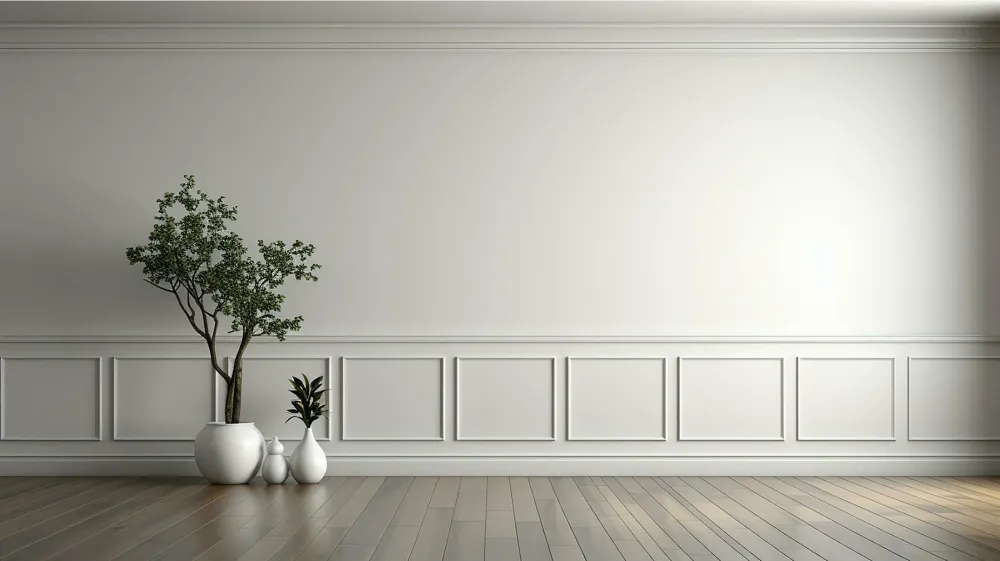
Wainscoting, common in dining and living rooms for its traditional aesthetic, can be made of wood, medium-density fiberboard (MDF), polyvinyl chloride (PVC), or plywood. Panels are often custom-measured for each room.
What Is Beadboard?
Beadboard is often mistaken for wainscoting, but it is a distinct wall paneling style. Unlike wainscoting, which encompasses various paneling styles, beadboard features vertical panels with vertical grooves and small ridges between each board, creating a distinctive beaded effect.

Installation involves laying narrow, vertical planks on the wall, commonly with nails and glue. Modern versions often come as single long panels with multiple ridges for easier installation.
Wainscoting vs Beadboard: What’s the Difference?
When considering wainscoting vs beadboard, it's essential to understand their distinctions across various aspects:
| Category | Wainscoting | Beadboard |
|---|---|---|
| Appearance | Wainscoting features large, horizontally placed, picture-frame wood panels framed by molding, creating a traditional and airy look. | Consists of evenly sized narrow boards installed vertically with interlocking tongue-and-groove cuts, creating a distinctive beaded effect. |
| Composition | Panels, traditionally made of solid wood, MDF, PVC, or plywood, are typically purchased in specific sizes. | Available in manufactured panels made of high-density fiberboard or MDF, often with varying heights and lengths to accommodate different applications. |
| Purposes | Serves as both wall protection and decorative element, offering versatility in design choices. | Primarily used for adding texture and character to walls and ceilings, transitioning from practical insulation to decorative enhancement over time. |
| b | Provides a subtle and classic form of wood paneling, offering flexibility in design and installation. | Offers sleek vertical lines for a modern aesthetic. |
| Size Variation | Typically features a bold picture frame aesthetic, standing out prominently on the wall. | Utilizes bold vertical lines and raised bead spaces, suitable for achieving a modern look. |
| Cost | Costs vary significantly depending on material choice, from economical to premium options. | Generally, it is more affordable than wainscoting, with wooden panels starting at $1 per square foot. |
| Installation | Requires precise measurements and cutting, making DIY installation feasible but potentially challenging without proper tools and skills. | DIY installation is straightforward but involves numerous cuts and precise fitting, with professional assistance recommended for optimal results. |
| The Ease Level of DIY | DIY installation involves using the existing wall as a panel, topped with trim molding to mimic traditional wainscoting. Wainscoting with MDF materials is usually easier to install. | DIY installation of individual wood beadboards is relatively easy but involves numerous cuts and precise board joining, making it suitable for those with woodworking experience. |
Wainscoting vs. Beadboard and Other Types of Paneling
When comparing wainscoting vs beadboard and exploring other paneling options, it's essential to understand their unique features and potential advantages and disadvantages:
Wainscoting
Wainscoting, typically located on the lower section of a room, serves both decorative and protective purposes.

- Advantage: Offers wall protection from impacts, making it ideal for areas prone to damage.
- Disadvantage: Wooden wainscoting requires regular maintenance to prevent rot and warping.
Beadboard
Beadboard, characterized by vertically grooved panels, adds a traditional touch to interiors.

- Advantage: Easy installation and versatility make it suitable for various design styles.
- Disadvantage: Susceptible to moisture damage and challenging to clean the ridges effectively.
Tongue-and-Groove
Tongue and groove, a method of connection involving the insertion of a protruding tongue from one board into the corresponding groove of another, finds applications in paneling, exterior siding, ceilings, and flooring.

- Advantage: Many styles and color options are available, and installation is easy using built-in joints.
- Disadvantage: Primarily designed for flooring, requiring customization for wall applications.
Shiplap
Shiplap, a type of horizontal wooden board originally used for exterior house siding and commonly found in sheds and barns, brings rustic charm to interior spaces with its easily installable grooved design.

- Advantage: Cost-effective option with easy staining or painting for customization.
- Disadvantage: Prone to accumulating dust and vulnerable to rotting or warping without proper finishing.
Board and Batten
Board and batten paneling, characterized by wide vertical molding pieces called battens spaced 6 to 10 inches apart, creates a strong, severe look while covering the joints between larger boards, with additional battens added purely for aesthetic purposes.

- Advantage: Offers a unique aesthetic appeal and exceptional durability for wall protection.
- Disadvantage: Lengthy installation process and limited availability of materials and designs.
Coffered Panels
Coffered panels, typically found on ceilings to add visual interest through a grid of inset squares, are adapted for wall paneling by using vertical and horizontal boards to suggest the coffered look, often with additional trim or routed details for embellishment.

- Advantage: Customizable appearance with various finishes and easy installation with vertical and horizontal boards.
- Disadvantage: Limited space for sinking the coffer in-wall applications, requiring precise installation.
Raised Panels
Raised panels, characterized by deeply beveled squares or rectangles separated by vertical molding, offer a classic and highly decorative look often found in upscale homes, particularly in wainscoting, and can be either pre-built or constructed from scratch using materials like MDF board or polystyrene panels.

- Advantage: Cost-effective method for achieving a traditional look with easy installation.
- Disadvantage: Limited suitability for modern aesthetics and vulnerability to rotting and warping.
Flat Panels
Flat panels, characterized by their smooth, unadorned surfaces, exude a modern aesthetic, with seamless seams and minimal visual interruption, allowing the natural beauty of the wood grain to shine, while the focus shifts towards the interior elements of the room.

- Advantage: Creates a formal and sleek appearance suitable for contemporary design styles.
- Disadvantage: Less versatile than other paneling options, with challenging installation requirements.
Understanding each paneling type's unique characteristics and considerations allows homeowners and designers to select the most suitable option for their specific aesthetic preferences and functional needs.
Wainscoting vs Beadboard: Which Suits You Best?
Consider the overall look you want when deciding between wainscoting vs beadboard for your home. Wainscoting exudes a traditional charm, making it perfect for those who desire a timeless aesthetic. Its prominent picture frame style adds a bold statement to any space, ideal for creating a classic ambiance.

On the other hand, beadboard offers a modern appeal, particularly suitable for contemporary homes. Its sleek vertical lines and raised bead spaces add depth and visual interest to walls, making it a versatile choice for those seeking a fresh, updated look. Beadboard's flexibility also allows for creative combinations with wallpaper or plasterboard walls, offering endless design possibilities. Choose wainscoting for a traditional vibe or beadboard to infuse your space with a modern flair.
Wainscoting vs Beadboard with Woody Walls
At Woody Walls, we pride ourselves on crafting stunning wood panels for walls that seamlessly blend beauty, function, and sustainability. While both wainscoting vs beadboard offer unique charms, our versatile wood wall paneling enhances any space with its character and durability.

With dozens of designs and environmentally friendly features, our wood panels are perfect for any project. Whether you prefer a traditional or contemporary look, our wood panels for walls are meticulously crafted to elevate your interior design.
Visit Woody Walls today and transform your space with our high-quality wood paneling!








